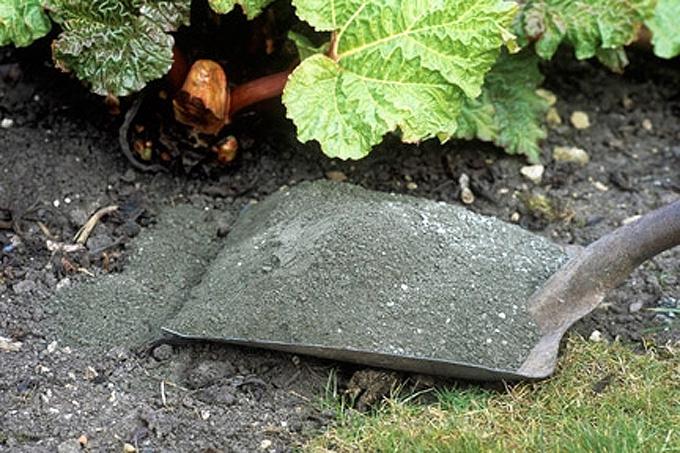 Ash is often used as fertilizer in agriculture. This method is very simple and at the same time environmentally friendly. To prepare it is as simple as harvesting, storing and processing plants with it.
Ash is often used as fertilizer in agriculture. This method is very simple and at the same time environmentally friendly. To prepare it is as simple as harvesting, storing and processing plants with it.
And the microelements that are in it endow the earth with various beneficial substances and allow many trees and flowers to grow better and stay healthy. The composition of the ash often distinguishes its different types from each other.
Content
- 1 Types of Ash:
- 2 Useful properties of ashes
- 3 How to make an infusion of ash, and how then to apply it
- 4 Soil improvement application
- 5 Disease Control
- 6 How to use ash from pests, bugs, larvae and slugs
- 7 What plants can be fertilized with ash
- 8 Is it possible to sprinkle potatoes that are blooming
- 9 We use ash as fertilizer correctly
- 10 Is it possible to replace the ash and with what
- 11 When ash is forbidden to use
- 12 Recommendations and reviews about ash
Types of Ash:
- Peat ash is ideal for soils with high acidity, but only if there is a sufficient amount of potassium and phosphorus in it. Since it contains a lot of calcium, but there are no other elements. Therefore, it is better not to use this for clay soil, it will only harm it.
- Wood ash is used most often and very popularly. It can be obtained simply by burning wood. However, much depends on the species of the tree itself. His age is also important. And yet, wood ash contains the most minerals. Deciduous trees, such as birch trees, create ash with a high content of potassium. Coniferous trees, on the contrary, add more phosphorus. If your soil requires high potassium ash, choose hardwoods. And if potassium is catastrophically necessary, burn the elm. The older the tree, the less potassium will be in its ash.
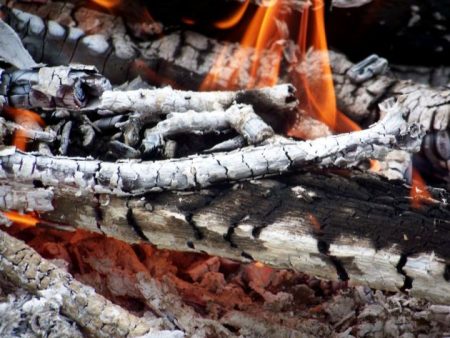
- Coal ash is rarely used. She has a few minerals, but there is sulfur. This type of ash, on the contrary, increases the acidity of the soil. It also has a lot of silicon, so it is often used for soil with a high clay content. But here it acts not as a fertilizer, but as a soil softener. Based on this, it does not need to be used for sandy soil and overly acidic.
- Ash from burnt herbs is suitable if you have a lot of plant debris. It does not have to be some special herbs. Suitable and straw, and leaves, and grass, and tops. Such ash contains most of all potassium, a little less potassium, and only then phosphorus. However, there is no more potassium in it than in ash from trees.
Useful properties of ashes
The ash contains trace elements that determine its usefulness. Among them:
Calcium in ash is usually found in various chemical salt compounds (sulfates, chlorides, etc.). Calcium allows plants to grow and develop well. It is especially necessary for young plants that grow very actively. So it helps in carbohydrate-protein metabolism. For the development and operation of the root system, it is no less important. Calcium binds soil acids, making it less acidic. Calcium also takes part in the absorption of substances by plants, helping them absorb more minerals.
Potassium plants need to be fed a little more often than other minerals, since it tends to be quickly washed out of the soil and from plant cells during heavy watering or rains. And they need it so that photosynthesis proceeds correctly, and the fruits are of high quality. It is also needed for carbohydrate metabolism and improves enzyme activity.
Phosphorus is a unique source of energy for all plants. It is needed for photosynthesis, and for metabolism.Phosphorus is also present in ATP. It is important that it be enough, so the seeds and fruits will ripen normally, the yield and quality of the fruits themselves will improve.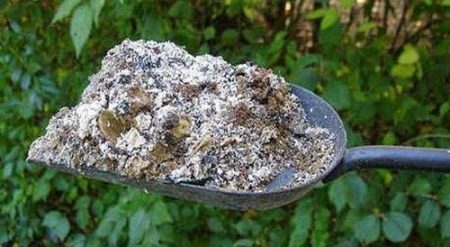
Magnesium and sodium in ash are less than other elements, but they are also important. Magnesium is involved in photosynthesis, as it is found in chlorophyll. If it is not enough, the leaves turn yellow and fall off. And sodium helps plants fight colds and other not very favorable environmental conditions.
How to make an infusion of ash, and how then to apply it
Ash can be used in different ways. It is used very often to correct the composition of the soil, and to protect against pests and diseases. To do this, it must be properly prepared.
Soil improvement application
The soil is not always ideal for a particular type of plant. But it can be improved with ordinary ash. For heavy clay soil, fertilizer is produced not on its surface, but at a certain depth, about 0.2 m. For this, you can use any ash, but not peat. To make the soil neutral, add wood ash specifically. It must be applied in the fall. So the soil will become less acidic, and it will be easier for plants to survive the winter.
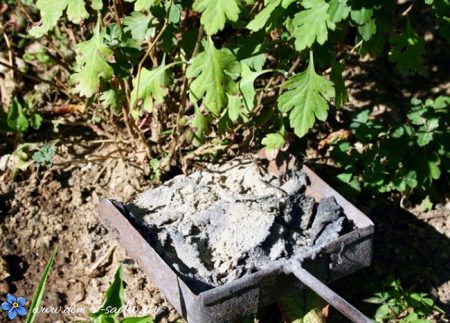
To improve the soil, ash can be added dry or as a solution. For the solution, mix 50 g of ash in 5 liters of water. Since the ash does not dissolve, it will need to be constantly stirred by pouring into the ground. However, do not forget that there will be slightly less minerals. And in the dry form, the plants themselves will absorb the useful elements from the roots. Depending on what kind of soil you have, you will need a different amount of dry ash, but on average it is 250 g per square meter.
Among the shortcomings, it is possible to distinguish that ash is quickly washed out during heavy precipitation. Therefore, it is better to add it either right before planting, or at the end of spring.
Ash can be harvested and stored for a long time. Dry ash should be stored in a dry room, otherwise the concentration of useful minerals will decrease. Do not stock it too often, the ash effect lasts for 4 years.
If you will also add nitrogenous fertilizers, then only not earlier than the season will be about a month after adding ash, since its effectiveness will become much lower. Artificial materials cannot be burned for ash. The burnt garbage is not the ash you need. Painted and varnished wood is also better not to burn.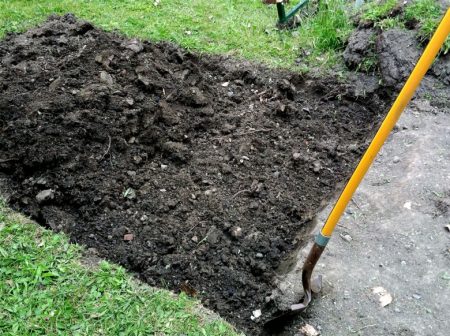
Disease Control
Thanks to ash, you can fight common types of diseases. For example, with a solution of ash and water, you can spray strawberries if you notice that it begins to suffer from gray rot. For one bush, 15 grams is enough. To make such a solution, you need to dissolve 100 g of ash in 1 liter of water. And let it brew for 6 hours. Next, add soap and more water. In general, you will get about 3 liters. Such a solution should be used twice in the initial stages of the disease, with a gap of 2 weeks. For the later stages of the disease, it is better to choose more effective drugs.
How to use ash from pests, bugs, larvae and slugs
Plants are always susceptible to various diseases, clogged by weeds and suffer from pests. And if weeds can be removed mechanically, then various insects require spraying with chemicals, which does not affect the fruits very well. And many gardeners refuse this method in favor of ash. In fact, ordinary ash can help get rid of horsetail.
If various slugs, snails and other pests of this kind bother your plants, your salvation is ashes. You just need to sprinkle it around the plants. You can protect yourself from ants and wireworms, only here you will need to process their paths.
Other ingredients can be added to the ash, for example, laundry soap 10 grams per liter of solution. So the effect of spraying will be better. And for dusting onions, radishes, cabbage and other plants, you can add tobacco ash.This mixture protects against cruciferous fleas and flies.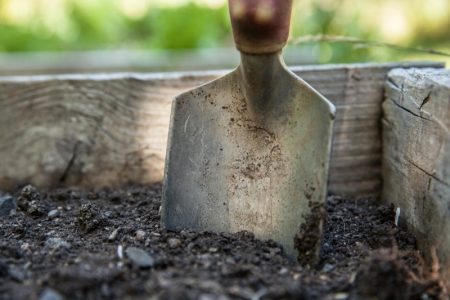
What plants can be fertilized with ash
The benefit from the ash is obtained only if it is chosen correctly. It is often used for fruit trees, berry bushes, vegetables and flowers. As a fertilizer, it is usually used for potatoes, tomatoes and cucumbers, in vineyards, for strawberries and strawberries.
Ash is very useful for vegetables, since it contains the substances necessary for these plants. To get a large crop of cucumbers, pumpkins or zucchini, you need to make a glass of ash in the soil itself, and then add a couple more spoons for each bush. To feed the roots, you need to water the plants after sprinkling with ash.
For nightshade, 3 glasses per square meter will be enough. You can then add a little more ash after transplanting seedlings. For cabbage, even before the beginning of the summer season, add about 2 cups per meter of land, and in the holes themselves - even half a glass. For greens (dill, parsley, herbs), only 1 cup is enough, they already get enough trace elements from the soil.
For garlic and onions (winter) fertilize the soil in the fall.
Is it possible to sprinkle potatoes that are blooming
Potatoes are often sprinkled with ash, both for fertilizer with a large percentage of potassium and small chlorine, and for protection against diseases and bugs. Approximately 200-400 grams are added to the soil in the mode hole of each bush, so you can significantly increase the yield. This has long been noticed by gardeners and fans of potato plantings. You can dust the tubers. Only for this you need to distribute the ash well. It is usually added during the creation of the buds. Commonly used wood ash. If you still decide to take peat, then increase all the proportions by a third. So you get strong, healthy, well-developed potato tubers. And if you spray potatoes, you can avoid and cure late blight, which is so tired of those who often deal with potatoes. The coal type of ash in this case is the best choice, since there is much more copper in it.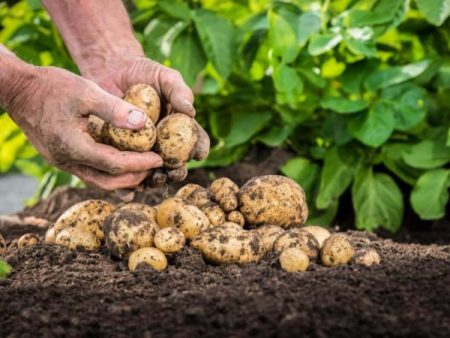
By spraying ash onto potato leaves, you can even cope with the Colorado potato beetle. He will gradually die. But this does not always apply to its larvae.
That's just the ash that is ideal for such purposes, because when the potato blooms, it can not be sprinkled with all kinds of chemicals. Do not clean with their hands. Often there are whole fields of potatoes. And when you cleaned the Colorado beetles from one half, they already appeared on the other. You can also try dusting the bushes with cornmeal. But it is better to sift the ash, and add its kilogram to ten liters of water and boil this solution. And after cooling, add half the laundry soap. It is better to grate.
So it will be possible to spray potatoes once a week, even when it blooms.
We use ash as fertilizer correctly
Ash is not scattered on seeds. It is needed for the roots. If you do not spray plants with it for other purposes. Mixing it with various fertilizers is also undesirable. You can’t fertilize the soil at once with everyone. This applies to ammonia fertilizers, and to nitrogen, and to potassium. Since fertilizers simply lose their beneficial properties. The same applies to phosphate fertilizers.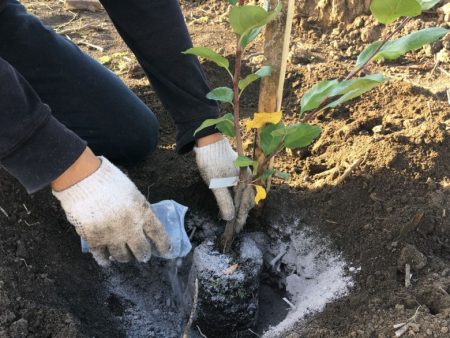
For summer top dressing, these rules can be neglected, since fertilizers are quickly absorbed.
Excess calcium is also bad for plants. Therefore, it is better not to add ash to calcareous soils. Plants begin to behave rather strangely, for example, there are signs of a lack of metals, zinc and boron, although there are enough of them. And when ash with a high potassium content is added, the plants behave as if they were deficient in calcium.
There is never much ash. Therefore, you may need a special place for its production. This can be done in metal barrels.So you will need less control of the fire. And if it is also covered, then pieces of coal will not appear in the ash, the material will burn out completely.
Is it possible to replace the ash and with what
If you cannot use the ash, you can replace it with other components. However, it cannot be completely replaced. Therefore, proceed from your goals. To change soil acid, ash is sometimes replaced with dolomite flour. You can also use lime fluff. If you need to mineralize the soil, take various mineral fertilizers, which are most similar to ash in composition. What should be the elements we wrote at the beginning of the article. Such fertilizers are usually diluted in water, and the dosage is prescribed on the package.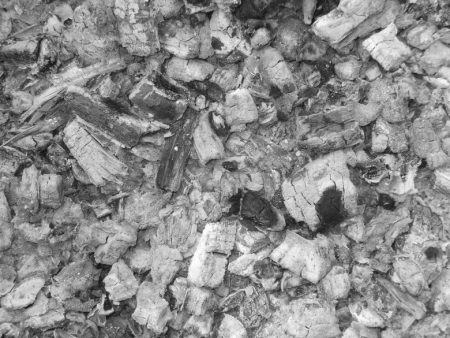
When ash is forbidden to use
Ash cannot be used for highly alkaline soil. Since ash makes the earth less acidic, its addition can lead to an excess of alkali and adversely affect the cultivation of crops. The fact that the ash is not needed can tell you the appearance of the plants. With too much calcium, grapes and apple trees increase the growth of deciduous rosettes. Tomatoes show an excess in the death of shoots, and garden flowers drop leaves. Roses, in particular, begin to suffer from inter-vein chlorosis. The leaves of the whole plants brighten and whiten.
An excess of potassium manifests itself in a slightly different way. The fruits of apples and pears acquire brown flesh, the fruits become bitter. And smaller plants, including indoor ones, lose their leaves ahead of time.
Recommendations and reviews about ash
Summer residents, gardeners and large farmers often share their opinions about working on the site, and, naturally, about fertilizers. Someone does not want to fool with ash, but someone considers it a panacea for all diseases. And on this occasion there is always a lot of controversy about what is better than ordinary ash or purchased fertilizers, ashes with and without additives. But everyone agrees that the best ash is still woody, and everyone recommends using it. Most get ash on their own, but there are those who do not know where to buy it. Usually it is advised not to buy unverified fertilizers, but rather to burn the wood yourself. It can be found in the forest or also purchased at a low price.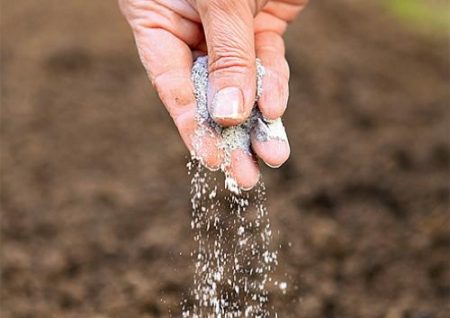
Ash is more credible than various chemicals and chemical additives. Nobody argues about their effectiveness, but the price of their use is a poisoned crop.
Some gardeners advise adding other organic matter to the ash to enhance the fertilizer effect. But not all at one time. For example, at first the earth can be fertilized with compost, and a little later already with ashes of trees and other types of ash. For backfilling, gravel can be added. There are no acidic elements in it, but there are many main minerals of ash: calcium and potassium. Therefore, it can be added to almost any land. And many crops like this kind of top dressing.
It is suggested to mix the ash with urea (urea), for this you need to mix half a glass of ash with a teaspoon of urea and dilute it in 5 liters of ordinary water. It is necessary to wait for dissolution, so it will be necessary to stir a little. Such fertilizer should in no case be on the leaves of plants. Constantly stirring it poured right under the root of the plant.
So that the plants do not get used to the same type of fertilizing, they are advised to alternate. That is, you take the same ash and water as the basis, but add, for example, mullein or bird droppings to it. It is believed that onions and garlic grow much better with this fertilizer.
You can also find very useful tips on how to add ash to the compost itself. After all, it is very acidic and harms plants and soil a little, and ash neutralizes this acid, and ammonia does not stand out with such force, allowing various beneficial organisms to continue to exist in the soil and enrich it.

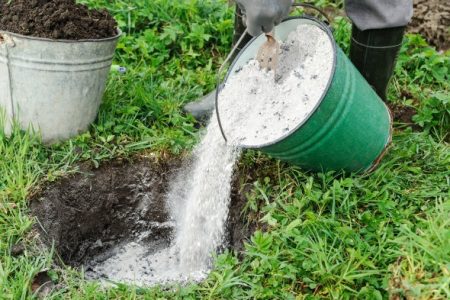
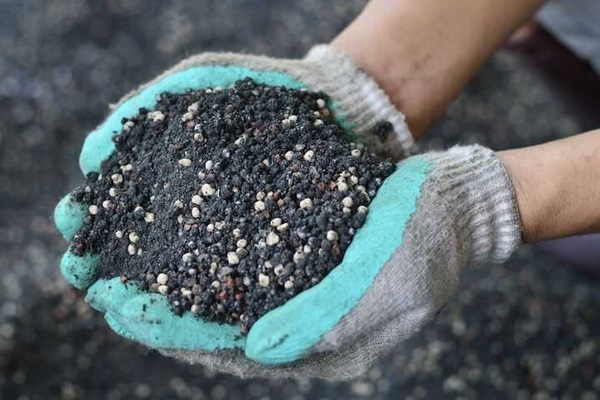
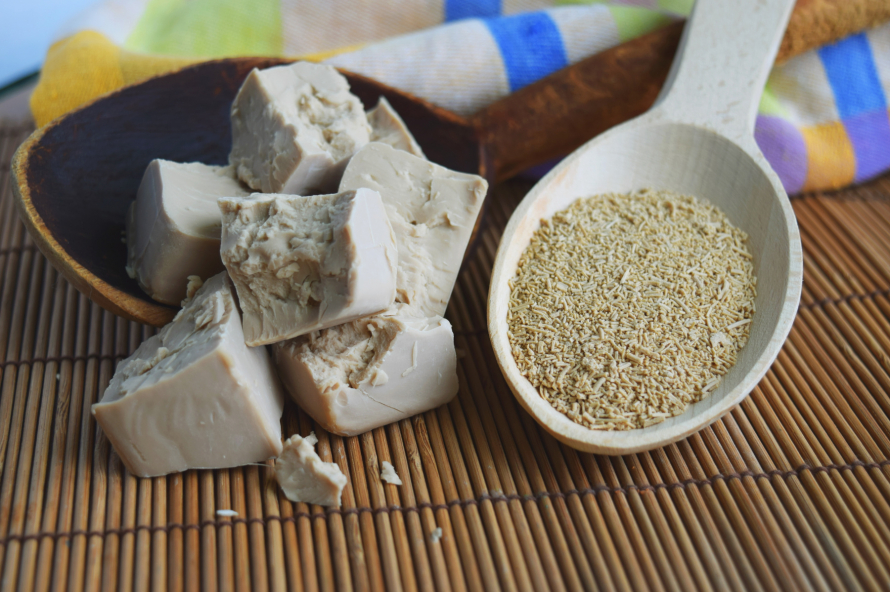
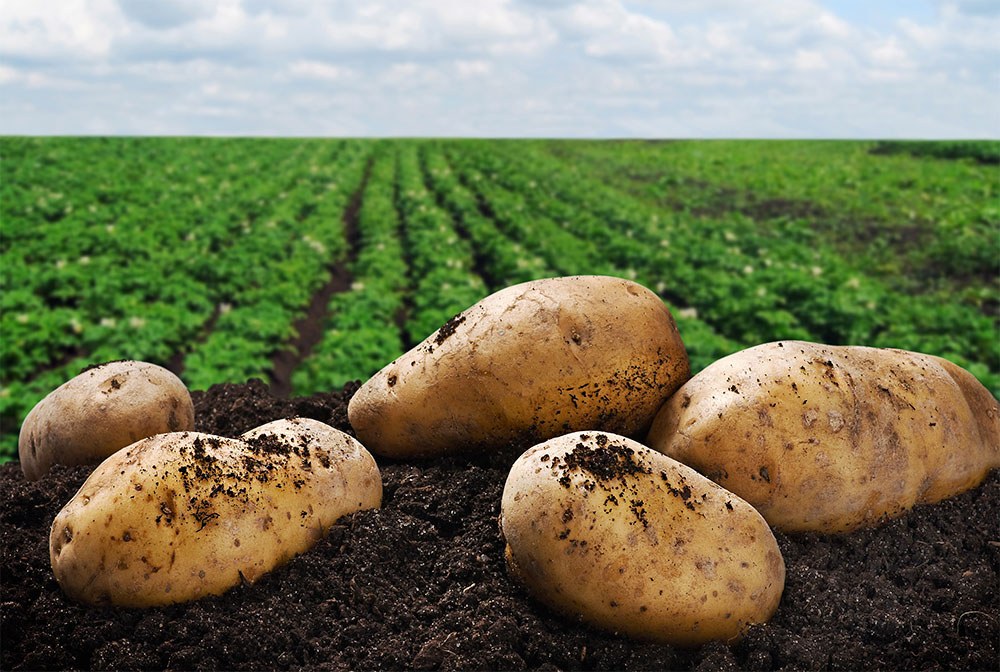
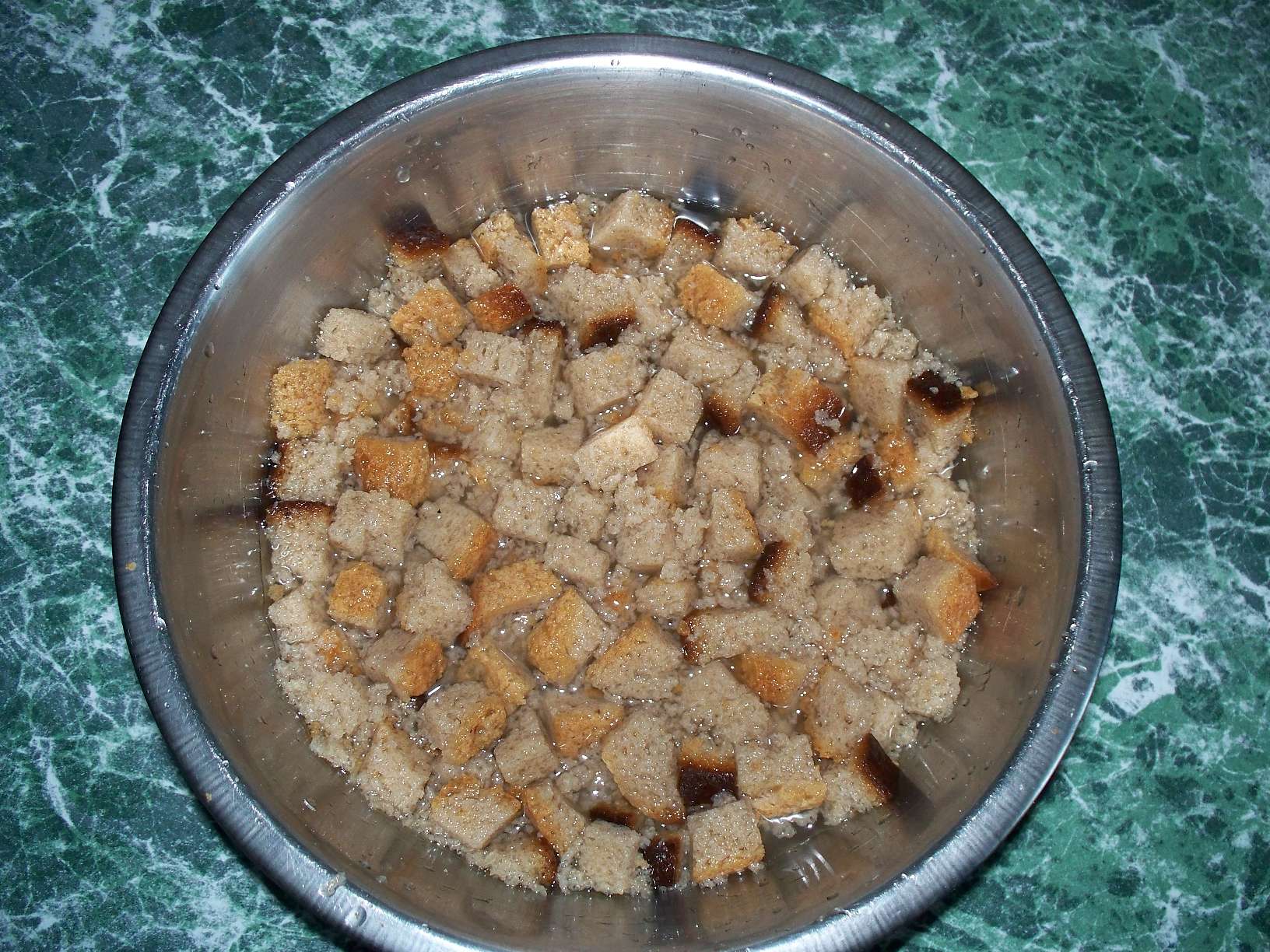 How to make bread infusion for feeding cucumbers
How to make bread infusion for feeding cucumbers Superphosphate: what is it and how to apply it
Superphosphate: what is it and how to apply it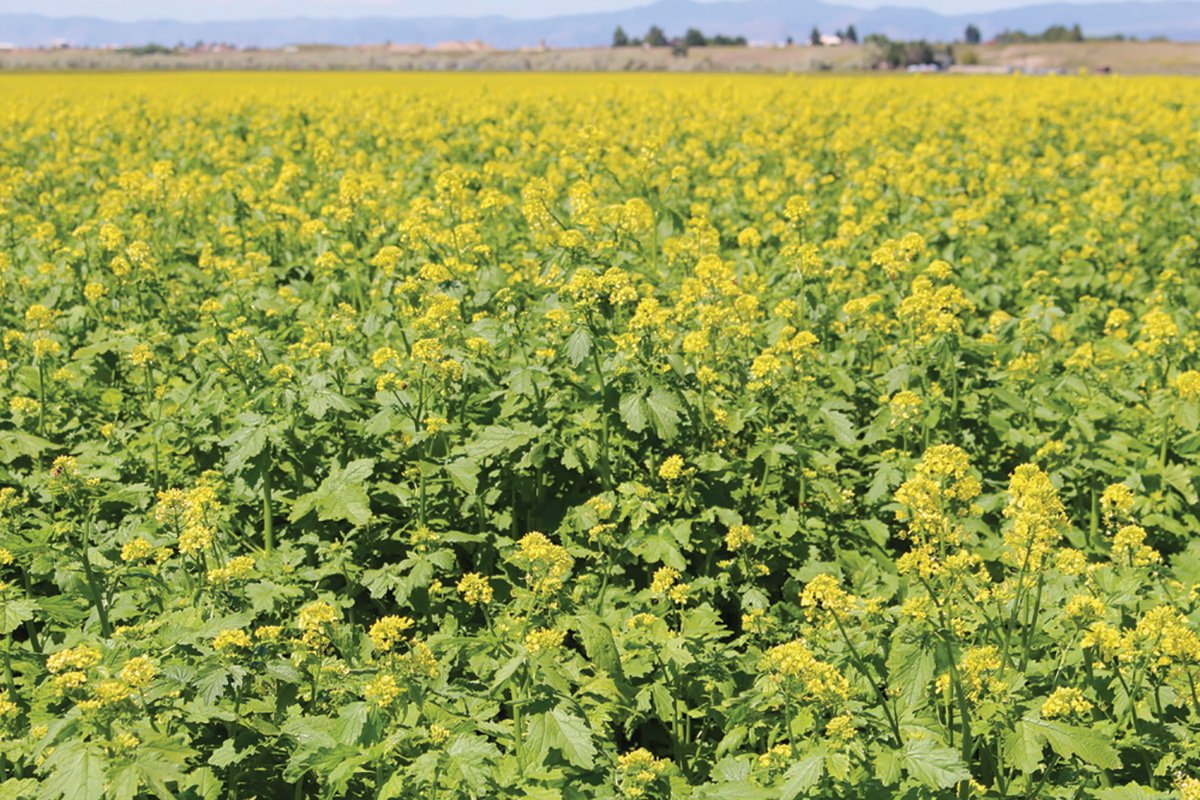 What problems can be expected from siderats?
What problems can be expected from siderats?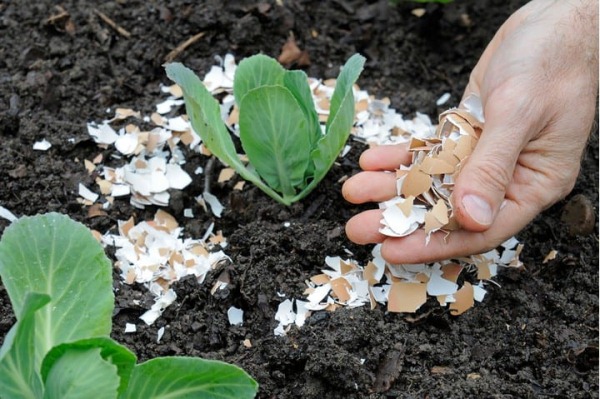 Secrets of the collection, storage and use of eggshells in the garden
Secrets of the collection, storage and use of eggshells in the garden